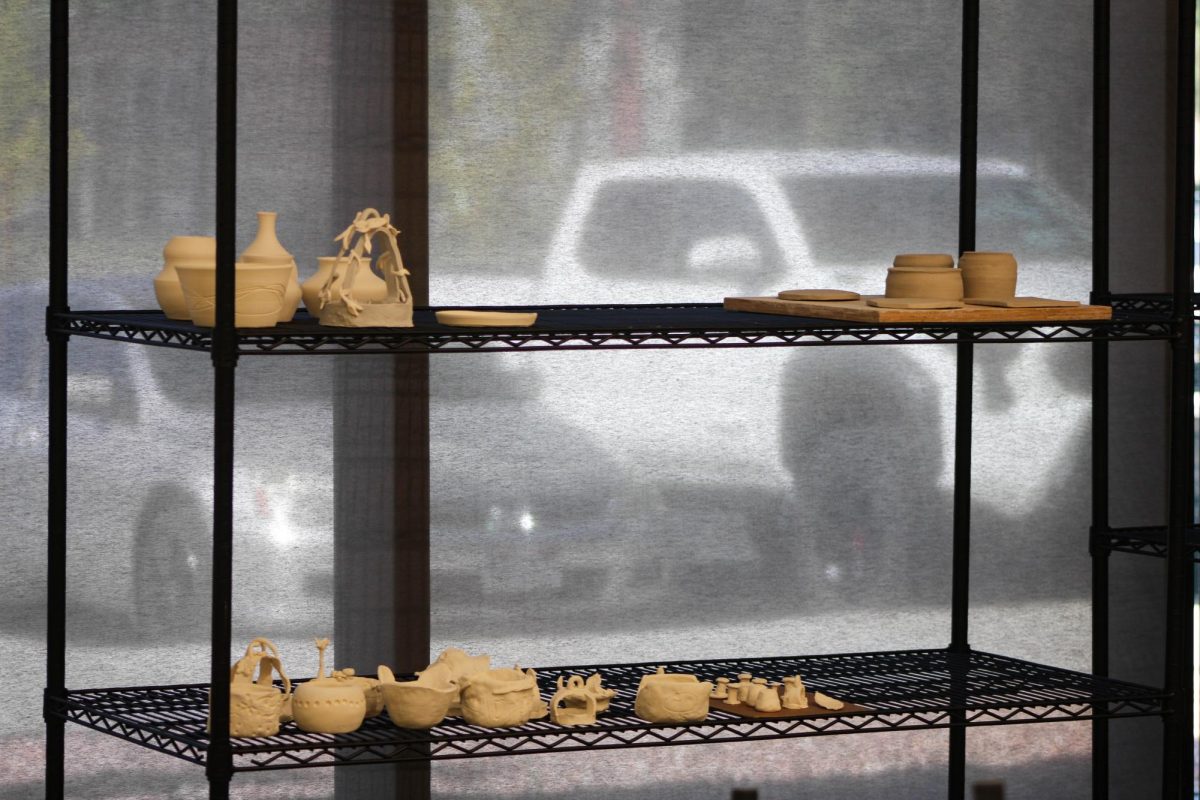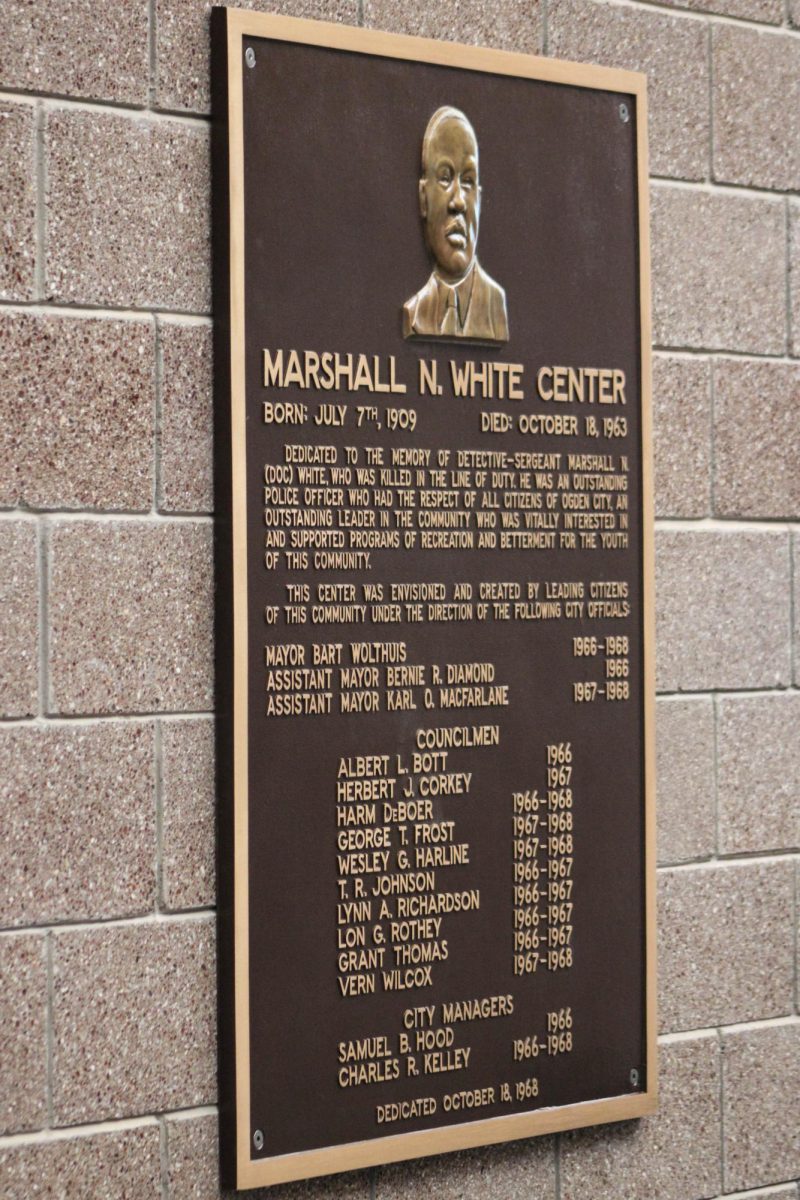
Parades, parties, drinking and all things green will likely be a part of St. Patrick’s Day celebrations. But what’s the history behind the patron of Ireland and all of the festivities in his name?
Despite popular belief, St. Patrick was not actually born in Ireland. It wasn’t until he was 16 years old that he was kidnapped and brought to the Emerald Isle.
During this time, Patrick became deeply involved in Christianity.
Irish tales say Patrick was forced into slavery for seven years. According to these stories, Patrick heard voices in his dreams telling him to escape. After finding a way back home, Patrick was reunited with his family.
According to folklore, Patrick soon returned to Ireland for missionary work. While converting the Irish to Christianity with great success, it is said Patrick banished all the snakes from Ireland.
Historians nowadays say this is very unlikely. However, it’s still seen in the stories as a symbolic message of driving away evil.
Also popular on St. Patrick’s Day is the shamrock. It’s said that Patrick used a shamrock to teach the concept of the Holy Trinity, or the Father, the Son and the Holy Spirit, to the Irish.
On March 17, 461, Patrick died. For many years, he was forgotten. Over time though, stories and legends grew until Patrick eventually became honored as a saint.
Ireland first began honoring St. Patrick through religious services and family feasts. Since then, other countries have adopted the tradition and celebrations have grown.
Ireland’s nickname as “The Emerald Isle” and their green flag popularized the color for the holiday. It’s also said that wearing green makes you invisible to pinching leprechauns.
The first St. Patrick’s Day parade was held in New York City in 1762. Chicago began dyeing their river green every year in 1962. Festive foods like corned beef and cabbage, shepherd’s pie and potato dishes were all popularized by Irish Americans.
Arguably one of the most popular saints, St. Patrick is now used as a reason to have fun for Irish and non-Irish alike.







